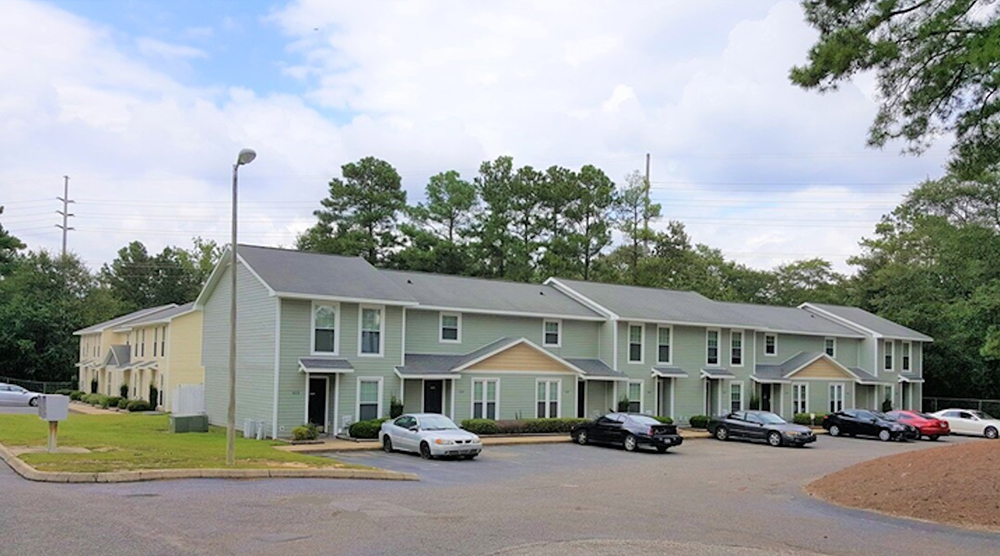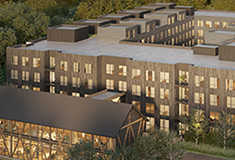News: Financial Digest
Posted: October 7, 2010
Fantini & Gorga releases its Fall 2010 Lender Survey
Fantini & Gorga has just released its Fall 2010 Lender Survey, covering fixed-rate loans on cash-flowing real estate, at www.fantinigorga.com/publications/lendersurvey.pdf.
What's the news?
Overall, the real estate capital markets have continued to open up since we published our last survey earlier this year. Rates are incredibly low, and there is fierce competition for the best deals, but lenders shun secondary locations, shy away from cash-flowing commercial properties with near-term lease rollover, and remain wary of funding construction.
At the moment, banks and insurance companies are doing almost all the financing on cash-flowing real estate. Wall Street is slowly re-inventing the securitization market and some new investment funds are starting to write loans, but the terms they offer are still in flux.
Insurance companies are hungry for loans, but they have not broadened criteria much. Here are today's parameters:
*Underwriting has loosened slightly, typically with loan-to-value (LTV) maximums increasing from the 60%-65% earlier this year to 65%-70% (75% on apartments) today.
*Spreads over like-term treasuries have narrowed by 100 bps to 200-250 bps, even as treasury rates have also fallen This puts most rates on 3-5 year loans "in the low 4s," with 7-10 year loans "in the low to mid 5s." Insurance companies will lower rates further for deals they really want, particularly apartments, where they have been underpricing Fannie and Freddie on larger balance, modest leverage loans.
*They look cautiously at retail, office, and industrial, and are particularly concerned with location, building age and quality, and near-term lease expirations. Only the best assets attract these lenders' attention.
*Insurance companies have opened the door for some hotel loans - but just top flags, modest leverage, full service.
*These lenders offer a variety of terms, focused mainly in the 5-15 year range, but going out to 25 years on a fully amortizing basis in some cases. They continue to own the market for fixed rates 7 years and longer.
Regional and community banks are offering attractive terms for most cash-flowing assets in their footprints, making loan dollars fairly plentiful up to about $15 million. The big banks have opened up slightly, but still focus mainly on existing customers. Here are today's parameters:
*Although many banks offer loan terms out to 10 years or even longer, very few banks will fix a rate for more than 5 years.
*Rates have fallen. Spreads over the various rate indexes have come in slightly since earlier this year, but as the indexes have fallen, so have the rates. Fewer banks quote rate floors, and the floors are lower. Community and regional banks typically price over the Federal Home Loan Bank (FHLB) advance rate (see www.fantinigorga.com/links.html), with most spreads in the 225 bps - 250 bps range. The resulting 3-5 year rates range from 4% up to 4.75%, but some banks charge more, particularly for smaller loans.
*Banks underwrite a bit less conservatively than insurance companies. The banks increased loan-to-value (LTV) maximums from the 65%-70% we found earlier this year to 70%-75% today.
*All loans have personal recourse, except for a few with high-quality real estate and LTVs under 50%. Even then there may be a partial guaranty.
Stay tuned for changes when the next survey comes out in the first quarter of 2011!
Tim O'Donnell is principal at Fantini & Gorga, Boston.
Tags:
Financial Digest
MORE FROM Financial Digest
Preservation of Affordable Housing secures $23.5 million in financing from Rockland Trust and Citizens Bank
Cambridge, MA The nonprofit Preservation of Affordable Housing (POAH) has secured $23.5 million in financing from Rockland Trust and Citizens Bank to transform a 150-year-old, underutilized church complex into housing. The project will ultimately create 46 affordable family-sized apartments.
Columns and Thought Leadership

Conn. hospitality market: A technical appraisal perspective on market dynamics and valuation challenges (2019-2025)
The Connecticut hospitality market has demonstrated uneven recovery patterns between 2019 and 2025, with boutique and historic properties achieving $125 RevPAR in 2025, up 8.7% from the 2019 level. Coastal resort properties achieved a $105 RevPAR in 2025, representing 10.5% growth since 2019. Casino corridor properties maintained modest growth with RevPAR improving 4.5% to $92 in 2025.

Examples of investors who used Kay Properties for legacy and estate planning purposes for rental property/portfolios - by Dwight Kay
Preserving wealth across multiple generations requires strategic planning, foresight, and the right investment vehicles. Delaware Statutory Trusts (DSTs) offer a powerful solution for families looking to build and protect their financial legacy and to efficiently plan for their estate.









